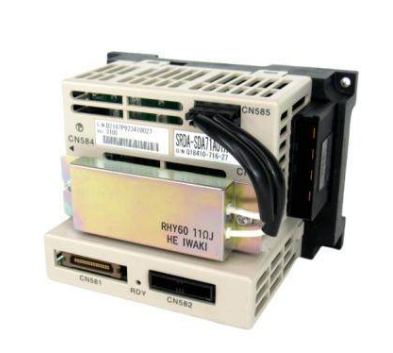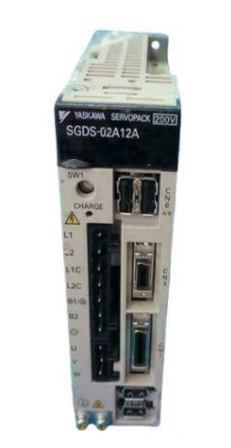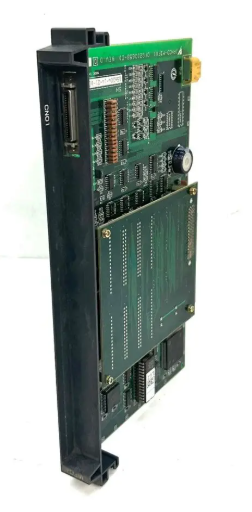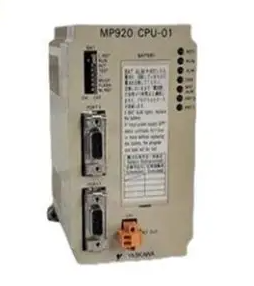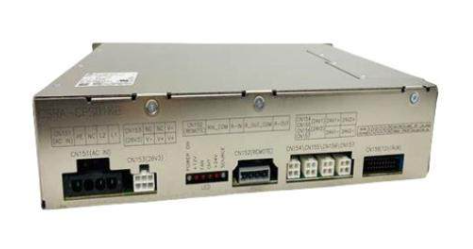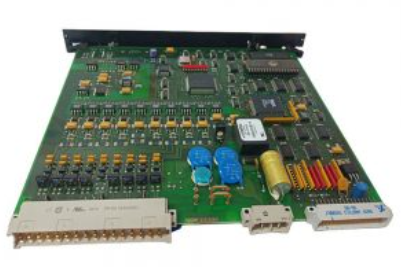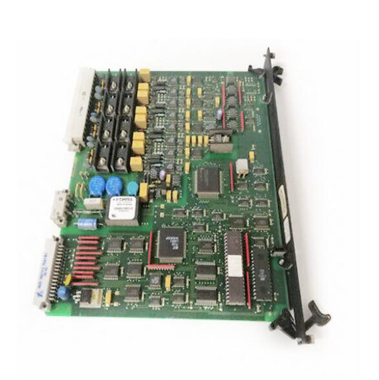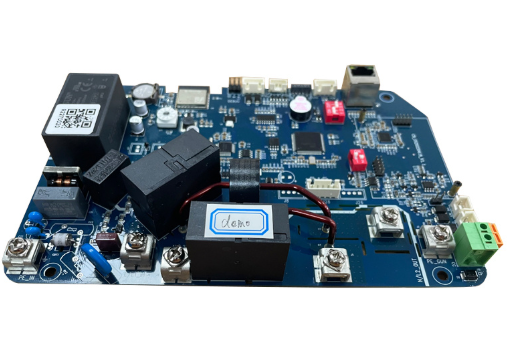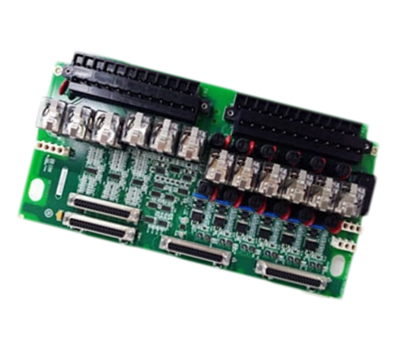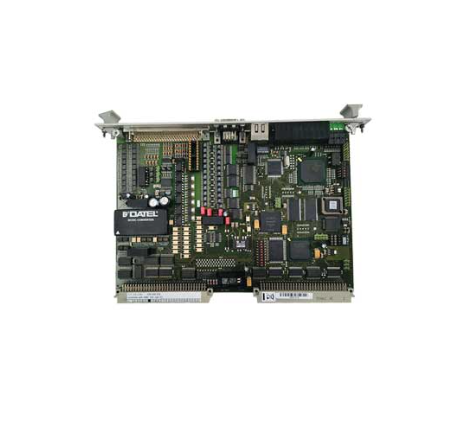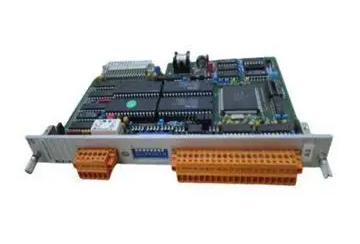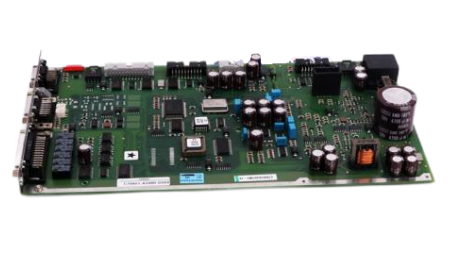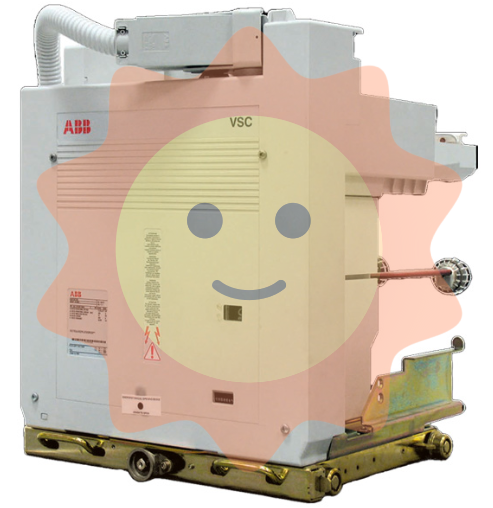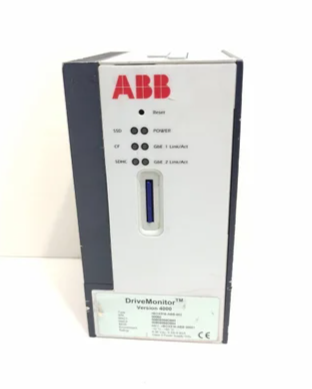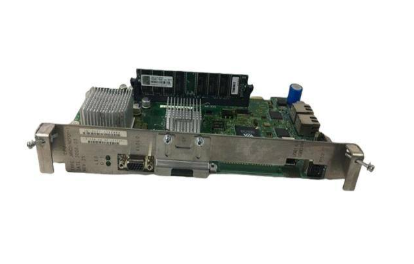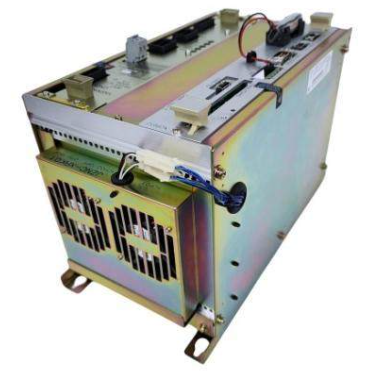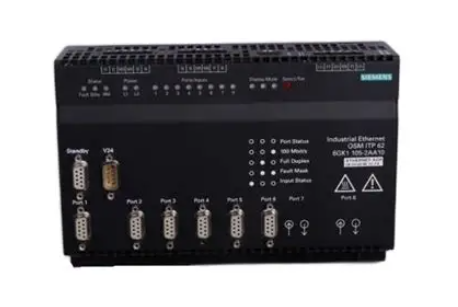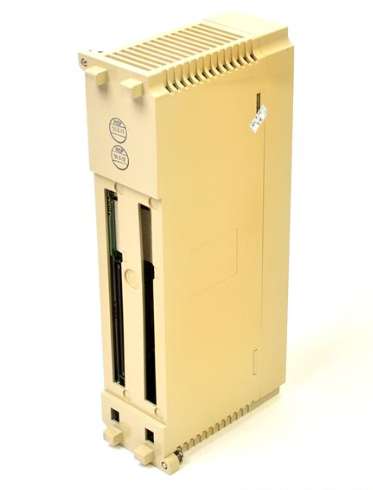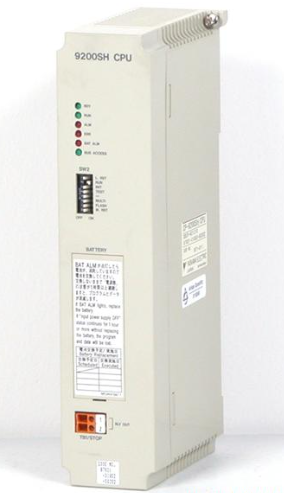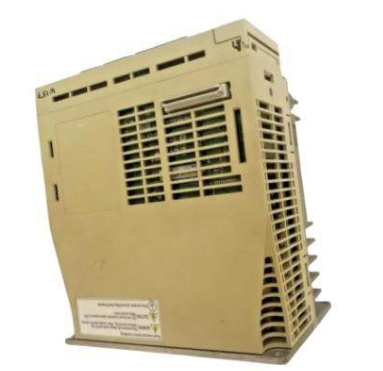S7-300 CPU 31xC 和 CPU 31x
Routing and data record routing
Routing is the transmission of data across network boundaries. Information can be sent from sender to receiver across several networks.
The data logging route is an extension of the common route. For example, when the programming device is not directly connected to the target device
PROFIBUS DP subnets, but when connected to the CPU's PROFINET interface, SIMATIC PDM will make
Record routes with data. The data sent through the data recording route includes parameters of the participating field devices (slave stations)
Configuration, and device-specific information (e.g., set values, limit values, etc.). Data records the destination address structure of the route
Depends on the content of the data, i.e. the secondary station receiving the data.
When a programming device is assigned a different subnet from the target slave station, the data record route can also be read using the programming device
Set of parameters that already exist on the field device, edit them, and return them to the field device.
The field devices themselves do not need to support data record routing because they do not forward the received information.

Clock synchronization
1:intro
The CPU interface supports clock synchronization. The CPU can be programmed to act as a time master (with a default synchronization interval)
Interval) or time to run from the station.
Default value: No clock synchronization
Set synchronization mode
In the properties dialog box of HW Config, set the synchronization mode as follows:
In AS (on the central I/O bus) : Tab → Diagnostics/Clock (Tab → Diagnostics/Clock)
(Also applicable to MPI on CPU without DP interface)
● For MPI/DP or DP interface: Tab → Clock
● For PROFINET interface: Tab → Clock synchronization
2: interface
The following interfaces support clock synchronization:
● MPI interface
The CPU can be configured as either a time master or a time slave.
● DP interface
The CPU can be configured as either a time master or a time slave.
● PROFINET interface
The clock is synchronized with the CPU on the client through NTP.
● On the automation system in the central rack
The CPU can be configured as either a time master or a time slave.
Instructions
On many of these interfaces, the CPU cannot be used as a time slave.
CPU as time slave station
When acting as a time slave, a CPU receives synchronization frames only from a time master and uses that time as an internal time for that CPU
Between.
The CPU serves as the time master
When acting as a time master, the CPU broadcasts clock-sync frames at set synchronization intervals to synchronize them in the subnet to which they are connected
It stands.
Requirement: The CPU clock is no longer in the default state. The clock must be set at least once.
Clock synchronization as a time master begins with:
● After this time is initialized by SFC 0 "SET_CLK" or programming device function
● Use another time master, provided that the CPU is also programmed as an MPI/DP or PROFINET interface
Time operates from the station.
Instructions
The real-time clock of the CPU is not set in the following cases:
before delivery
after the mode selector switch is reset to factory Settings
After firmware update

3. Point-to-point connection
Stats:
Point-to-point connections allow data to be exchanged over serial interfaces. Point-to-point connections can be used to interconnect programmable controllers, computations
Computer or third party system with communication function. It can also be adjusted according to the procedures of the communication partner.
3.1 Data Consistency
Stats:
A data area is consistent if it can be read or written to in the operating system as a block. Station to station
The data exchanged centrally between them should belong to a whole and originate from a processing cycle, that is, the data is consistent. If user
Programs that include programmed communication capabilities (for example, using XSEND/XRCV to access shared data) can pass
The "BUSY" parameter itself coordinates access to the corresponding data area.
Use the PUT/GET function
For some S7 communication functions that do not require blocks in CPU (server mode) user programs (e.g.,
In terms of PUT/GET or write/read access via OP communication, the scope of data consistency must be considered during programming.
The PUT/GET function of the S7 communication or the read/write variable operation through the OP communication are executed at the cycle control point of the CPU
Fine. To guarantee the defined hardware interrupt response time, the communication variables need to be in the form of blocks of up to 240 bytes, to/from
The copied user memory in the operating system loop control point is continuously copied. There is no guarantee for larger data areas
Data consistency.
Using PUT/GET functions and "Prioritized OCM communication"
If the operation is configured as "OCM communication by priority", the specified data consistency is lost (see the chapter "OP Communication (page 80)"). Therefore, data consistency must be ensured through user programs.
Keep the following consistent:
● Byte, word, double-word access (e.g. LMDx)
- EMERSON
- Honeywell
- CTI
- Rolls-Royce
- General Electric
- Woodward
- Yaskawa
- xYCOM
- Motorola
- Siemens
- Rockwell
- ABB
- B&R
- HIMA
- Construction site
- electricity
- Automobile market
- PLC
- DCS
- Motor drivers
- VSD
- Implications
- cement
- CO2
- CEM
- methane
- Artificial intelligence
- Titanic
- Solar energy
- Hydrogen fuel cell
- Hydrogen and fuel cells
- Hydrogen and oxygen fuel cells
- tyre
- Chemical fiber
- dynamo
- corpuscle
- Pulp and paper
- printing
- fossil
- FANUC
- Food and beverage
- Life science
- Sewage treatment
- Personal care
- electricity
- boats
- infrastructure
- Automobile industry
- metallurgy
- Nuclear power generation
- Geothermal power generation
- Water and wastewater
- Infrastructure construction
- Mine hazard
- steel
- papermaking
- Natural gas industry
- Infrastructure construction
- Power and energy
- Rubber and plastic
- Renewable energy
- pharmacy
- mining
- Plastic industry
- Schneider
- Kongsberg
- NI
- Wind energy
- International petroleum
- International new energy network
- gas
- WATLOW
- ProSoft
- SEW
- wind
- ADVANCED
- Reliance
- YOKOGAWA
- TRICONEX
- FOXBORO
- METSO
- MAN
- Advantest
- ADVANCED
- ALSTOM
- Control Wave
- AB
- AMAT
- STUDER
- KONGSBERG
- MOTOROLA
- DANAHER MOTION
- Bently
- Galil
- EATON
- MOLEX
- Triconex
- DEIF
- B&W
- ZYGO
- Aerotech
- DANFOSS
- KOLLMORGEN
- Beijer
- Endress+Hauser
- MOOG
- KB
- Moxa
- Rexroth
- YAMAHA
- Johnson
- Westinghouse
- WAGO
- TOSHIBA
- TEKTRONIX
- BENDER
- BMCM
- SMC


Email:wang@kongjiangauto.com

